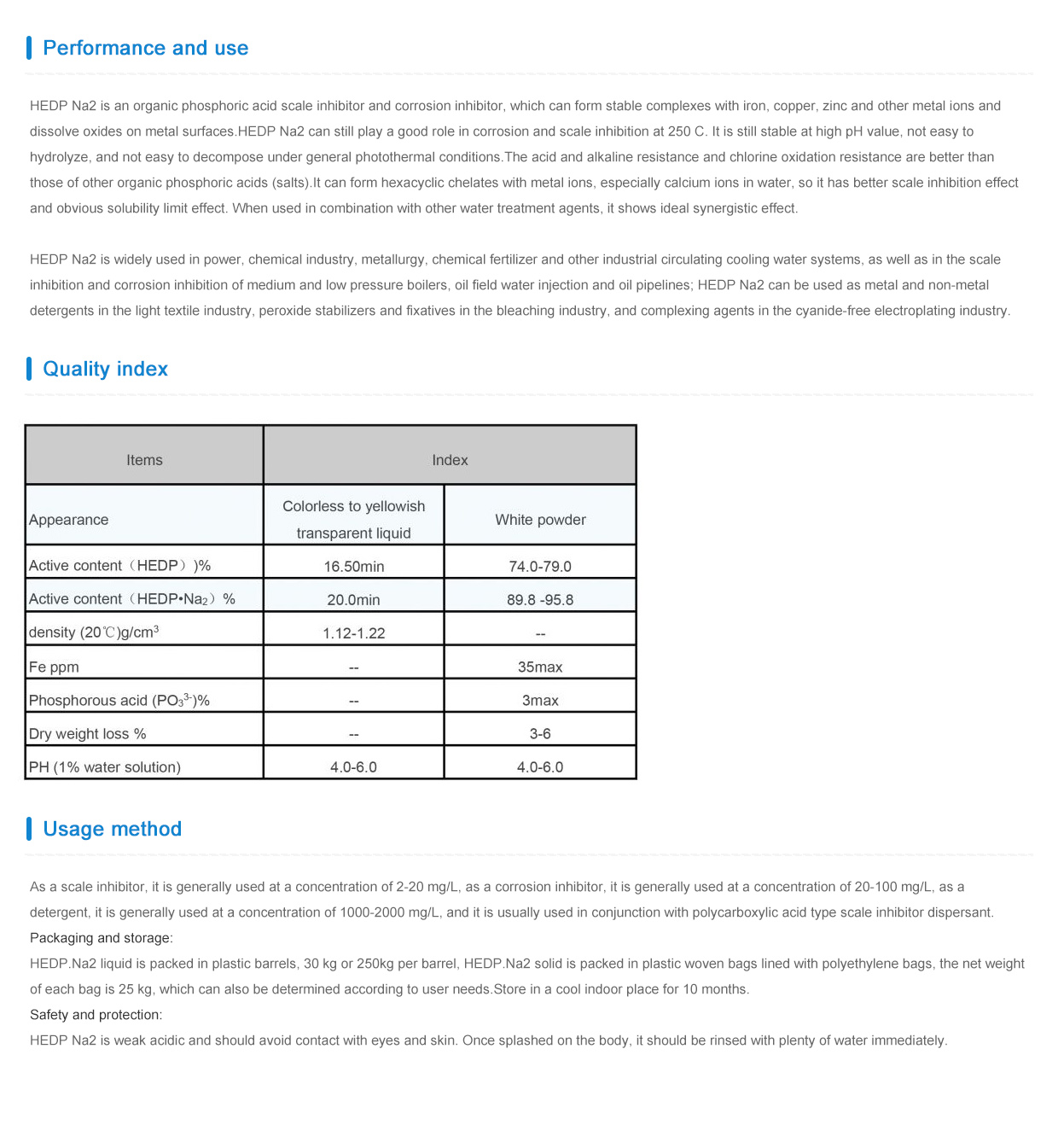polyacrylamide in water
Polyacrylamide in Water Applications, Benefits, and Considerations
Polyacrylamide (PAM) is a versatile synthetic polymer primarily used in a variety of industrial and environmental applications due to its unique properties. When dissolved in water, polyacrylamide forms a clear and viscous solution that can be adjusted in concentration depending on the desired application. This article explores the properties of polyacrylamide in water, its applications, benefits, and important considerations in its use.
Properties of Polyacrylamide in Water
Polyacrylamide is formed from the polymerization of acrylamide monomers. The resulting polymer has the ability to absorb large amounts of water, swelling significantly without dissolving completely. This property makes its aqueous solution an ideal medium for a range of applications. The degree of hydrolysis, the molecular weight of the polymer, and the concentration of the solution significantly affect the behavior of polyacrylamide in water. Typically, polyacrylamide is provided in varying concentrations, ranging from very low (0.01%) to high (30% or more), depending on its intended use.
Applications of Polyacrylamide
1. Water Treatment One of the most prominent uses of polyacrylamide is in wastewater treatment. It acts as a flocculant, helping to aggregate suspended particles in water. When added to wastewater, polyacrylamide enhances the settling process, enabling more efficient purification by separating solids from liquids. This application is vital in municipal and industrial water treatment plants to meet environmental regulations.
2. Agriculture In agricultural practices, polyacrylamide is used for soil erosion control and moisture retention. It improves water infiltration and may reduce irrigation requirements. By holding soil moisture, it can significantly benefit crop yields, particularly in arid and semi-arid regions.
3. Oil Recovery In the oil and gas industry, polyacrylamide is utilized as a thickening agent in enhanced oil recovery (EOR) processes. Its ability to increase viscosity allows for improved displacement of oil from reservoirs, thereby maximizing extraction efficiency.
4. Cosmetics and Personal Care In the cosmetic industry, polyacrylamide serves as a stabilizing agent in creams and lotions. Its thickening properties help in achieving the desired texture while maintaining a smooth application on the skin.
5. Food Industry Polyacrylamide is also usada as a clarifying agent in the food industry. It assists in the filtration of juices and beverages, ensuring a clearer product without imparting any negative taste or color.
polyacrylamide in water

Benefits of Polyacrylamide
The use of polyacrylamide offers numerous benefits across its various applications
- Efficiency In water treatment processes, polyacrylamide enhances efficiency, resulting in reduced treatment costs and improved water quality.
- Environmental Protection By preventing soil erosion and improving water retention, polyacrylamide contributes to sustainable agricultural practices, helping to protect vital ecosystems.
- Versatility Its multifunctional properties enable it to be utilized in diverse industries, showcasing its adaptability to various manufacturing and environmental processes.
Considerations and Safety
Despite its advantages, there are considerations regarding the use of polyacrylamide, particularly concerning its safety. Polyacrylamide itself is considered relatively non-toxic; however, the acrylamide monomer has been identified as a potential neurotoxin and carcinogen. Therefore, it is crucial to use polyacrylamide products that are specifically manufactured to minimize residual acrylamide levels. Additionally, proper handling, usage, and disposal practices should be adopted to mitigate any environmental impact.
Conclusion
In conclusion, polyacrylamide in water is a powerful tool across multiple sectors, including water treatment, agriculture, oil recovery, cosmetics, and the food industry. Its ability to create efficient solutions while promoting environmental sustainability makes it an essential material in modern applications. However, safety considerations should not be overlooked; thus, responsible usage and adherence to guidelines will ensure that the benefits of polyacrylamide can be harnessed effectively and safely for the betterment of industry and environment alike.
-
lk-319-special-scale-and-corrosion-inhibitor-for-steel-plants-advanced-solutions-for-industrial-water-systemsNewsAug.22,2025
-
flocculant-water-treatment-essential-chemical-solutions-for-purification-processesNewsAug.22,2025
-
isothiazolinones-versatile-microbial-control-agents-for-industrial-and-consumer-applicationsNewsAug.22,2025
-
scale-inhibitor-key-solutions-for-water-system-scale-preventionNewsAug.22,2025
-
organophosphonates-versatile-scale-inhibitors-for-industrial-water-systemsNewsAug.22,2025
-
scale-and-corrosion-inhibitor-essential-chemical-solutions-for-water-system-maintenanceNewsAug.22,2025





